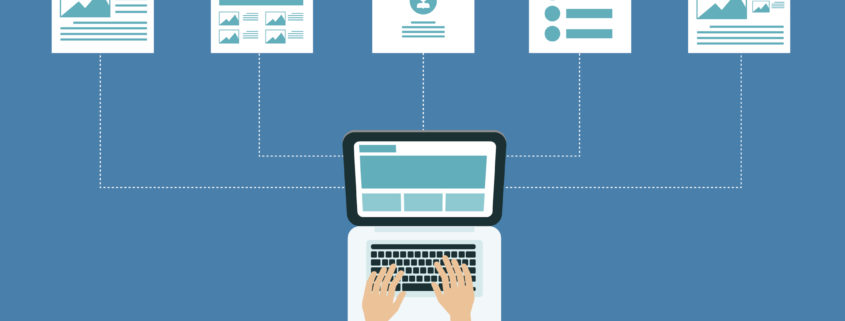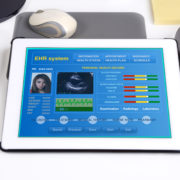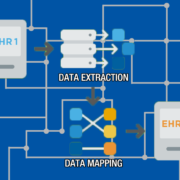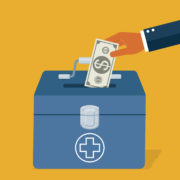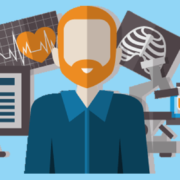It’s 2018: Electronic Health Records 10 Years Later
Back in 2009, the Health Information Technology for Economic and Clinical Health Act started dishing out funds to be used by healthcare providers. These funds were intended to help them implement electronic health record systems. As a result, we have seen a great improvement in quality of care and patient outcomes. Health care providers were already in the midst of changing their paper records to electronic health records (EHRs), but this stimulus package really helped seal the deal.
Fast forward almost a decade later and we are seeing the true benefits of EHRs. Now that it’s 2018, let’s take a closer look at EHRs and how they are benefiting both health care providers and the economy as a whole.
Reduced Expenses for Medical Facilities
As medical facilities began weaning themselves from transcription services, they immediately noticed savings. In fact, being that the average monthly cost of a transcription service is $1,000, over a nine-year period of time, this has helped facilities save as much as $108,000. For facilities that used more than one transcription service, the savings have been even more phenomenal. Physicians have been able to use these savings and invest in practices that result in better quality of care for their patients. More so, they have been able to invest in more efficient operational practices, which has further increased their savings.
Large practices that have at least five providers are really enjoying the benefits of EHR systems because they no longer have to employ a staff team to pull and refile paper charts. This alone has the potential to save upward of $30,000 per provider each year. Over a period of nine years, this is a savings of $270,000. For the entire practice (with five providers), this is a mind-boggling savings of $1,350,000.
Higher Levels of Patient Engagement
Studies have shown patients prefer to be involved in their health. When their health records were kept in paper form, this limited their access to pertinent data that related to their conditions and treatments. Now that healthcare facilities have made the switch to EHRs, patients have abundant access to their personal health records.
A study published in BMJ discovered EHRs lead to better patient health because, in having access to their personal records, patients were more likely to take their medications as prescribed. Another study revealed patients who access their electronic health records have a better understanding of their health. More so, they are better able to stay on top of their health because they can conveniently access physician instructions that were outlined during an office visit. And being that 40 to 80 percent of information discussed during an office visit is forgotten immediately after the patient leaves, having access to a physician’s notes can really enhance patient compliance.
Better Savings for Patients
EHRs not only save money for healthcare facilities but also for patients. Although they don’t serve as a cure-all solution to patient data storage, they do help reduce incidences relating to prescription errors and duplicate procedures. Take for example a patient is prescribed a medication that has a harmful interaction with another medication already being taken. With EHRs, physicians gain a bird’s eye view of a patient’s past and current drug history. This allows them to prescribe medications that will not interact harmfully with other meds. More so, it helps prevent drug error hospital stays, which, on average, cost upward of $8,700; this, of course, translates into savings for a patient and insurance companies.
The Takeaway
EHRs have greatly improved health care practices and have resulted in better quality of care as well as financial savings for both patients and providers. Exscribe can help with this. Call (866) 870-1521 or fill out the web form for a free demo!
[iphorm_popup id=”19″ name=”Exscribe EHR Demo June 2018″]
[/iphorm_popup]

